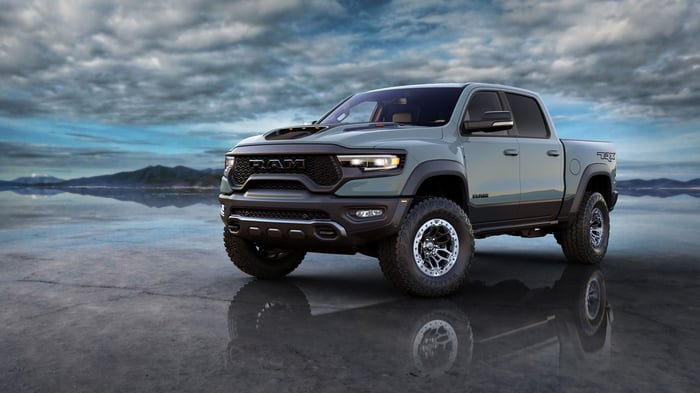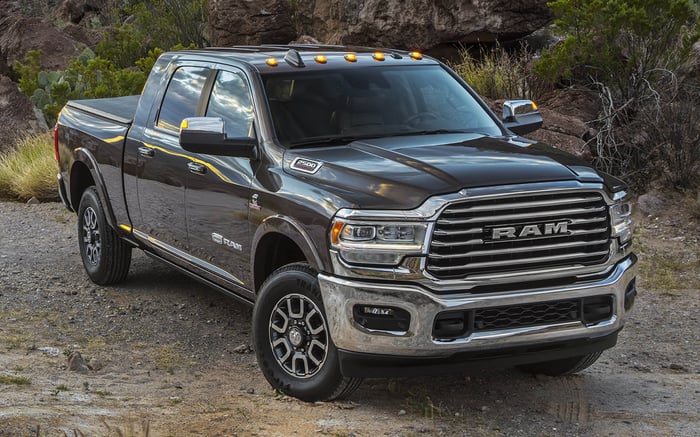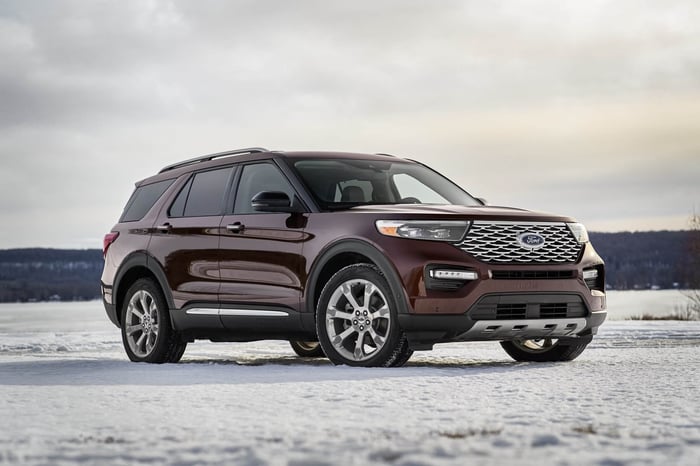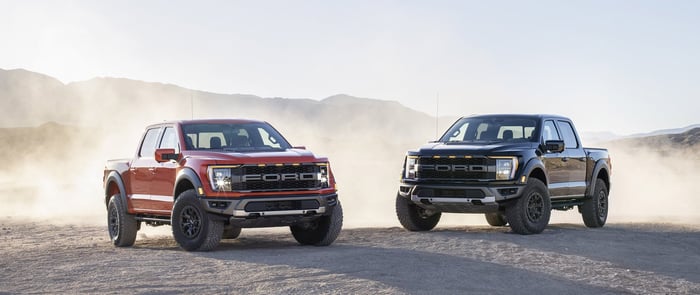In the world of pickup trucks, terms like "half-ton," "three-quarter-ton," and "one-ton" are frequently used to classify vehicles. However, what do these designations really mean, and how do they relate to a vehicle's actual capabilities? This comprehensive guide will delve into the intricacies of truck classifications, exploring their historical context, modern interpretations, and practical implications for truck owners and buyers.
The Evolution of Truck Classifications
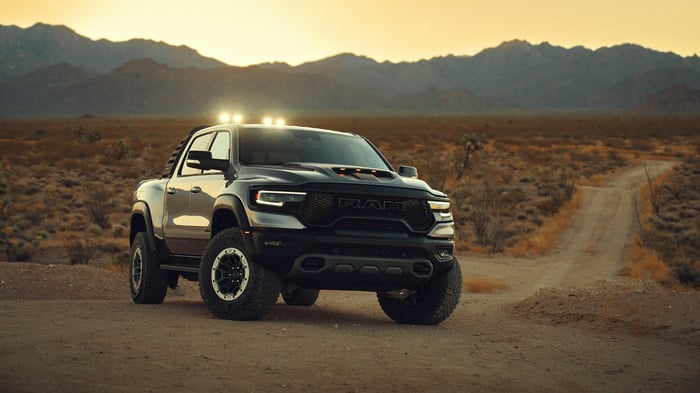
The terminology "half-ton," "three-quarter-ton," and "one-ton" has its roots in the early days of the automotive industry. Originally, these designations were literal representations of a vehicle's payload capacity. A half-ton pickup could carry 1,000 pounds of cargo, a three-quarter-ton truck could haul 1,500 pounds, and a one-ton vehicle boasted a payload of 2,000 pounds. However, as technology advanced and consumer demands evolved, these classifications became more of a general guideline than a strict rule. Today, these terms broadly categorize vehicles based on their size and capabilities, rather than their exact capacity for payload.
Modern Truck Classifications
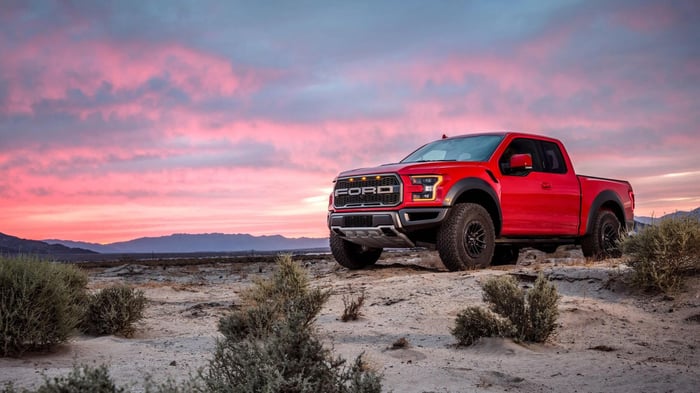
Truck classifications are currently more nuanced and based on a variety of factors beyond capacity for payload. Let's explore the three main categories:
Half-Ton Pickups
Half-ton pickups are the most common and versatile trucks on the market. They're suitable for a wide range of uses, from daily commuting to light hauling and towing. Examples of half-ton trucks include:
Ram 1500
GMC Sierra 1500
Nissan Titan
Toyota Tundra
Despite their "half-ton" designation, these vehicles can often carry significantly more than 1,000 pounds. For instance, some configurations of the Ford F-150 can handle payloads of up to 3,270 pounds.
Three-Quarter-Ton Pickups
Three-quarter-ton pickups offer increased payload and towing capacities compared to their half-ton counterparts. They're often chosen by those who need to haul heavier loads or tow larger trailers. Popular three-quarter-ton trucks include:
These trucks typically have capacities for payload well over 3,000 pounds, with some models capable of over 4,000 pounds.
One-Ton Pickups
One-ton pickups are the heaviest-duty trucks in the consumer market. They're designed for serious towing tasks, often used in commercial applications or by those with extremely heavy trailers. Examples of one-ton trucks are:
These vehicles can have capacities for payload exceeding 7,000 pounds in some configurations.
The Modern Classification System: Understanding GVWR
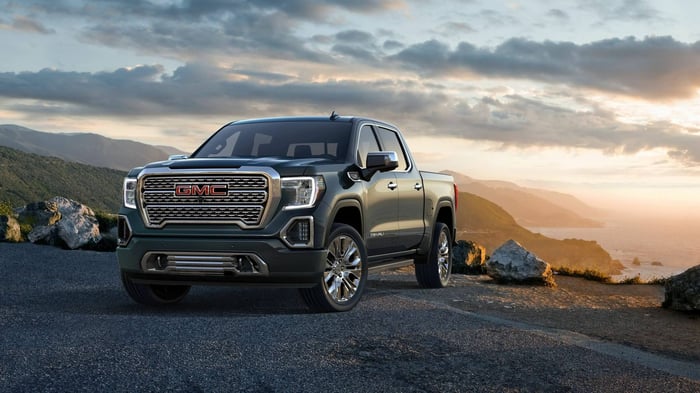
While traditional tonnage designations provide a general idea of a vehicle's capabilities, the modern classification system relies on a more precise measure: Gross Vehicle Weight Rating (GVWR).
What is GVWR?
GVWR is the maximum weight a vehicle can safely carry, including its own weight plus passengers, cargo, and any trailer tongue weight. It's determined by the manufacturer and accounts for the vehicle's frame strength, suspension, axles, and other components. The Federal Highway Administration (FHWA) uses GVWR to classify vehicles into different categories:
Class 1: GVWR of 0-6,000 pounds
Class 2a: GVWR of 6,001-8,500 pounds (includes most half-ton trucks)
Class 2b: GVWR of 8,501-10,000 pounds (includes most three-quarter-ton trucks)
Class 3: GVWR of 10,001-14,000 pounds (includes most one-ton trucks)
Understanding Payload Capacity
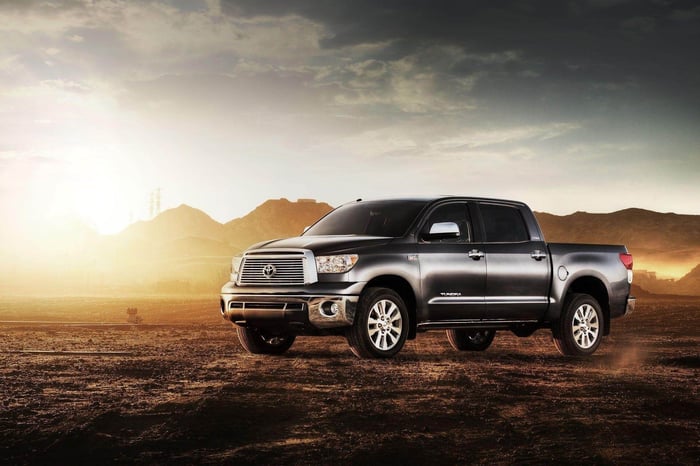
Payload capacity is a crucial factor in determining a vehicle's capabilities. It refers to the maximum weight a vehicle can safely carry in its cargo area and passenger compartment.
Calculating Payload Capacity
The formula for calculating payload capacity is straightforward:
Payload Capacity = GVWR - Curb Weight
Where:
GVWR is the Gross Vehicle Weight Rating
Curb Weight is the weight of the vehicle with all standard equipment and fluids, but without passengers or cargo
For example, if a truck has a GVWR of 10,000 pounds and a curb weight of 6,000 pounds, its payload capacity would be:
10,000 lbs - 6,000 lbs = 4,000 lbs
This means the vehicle can safely carry up to 4,000 pounds of combined passenger and cargo weight.
Actual Payload Capacities vs. Traditional Tonnage Designations
It's important to note that actual payload capacities often far exceed what traditional tonnage designations suggest. For instance:
Many half-ton trucks can carry more than 1,500 pounds
Some three-quarter-ton trucks have payload capacities over 4,000 pounds
Certain one-ton trucks can handle payloads exceeding 7,000 pounds
This discrepancy highlights the importance of referring to manufacturer specifications rather than relying solely on the tonnage classification when assessing a vehicle's capabilities.
Explore Pickup Trucks on Municibid
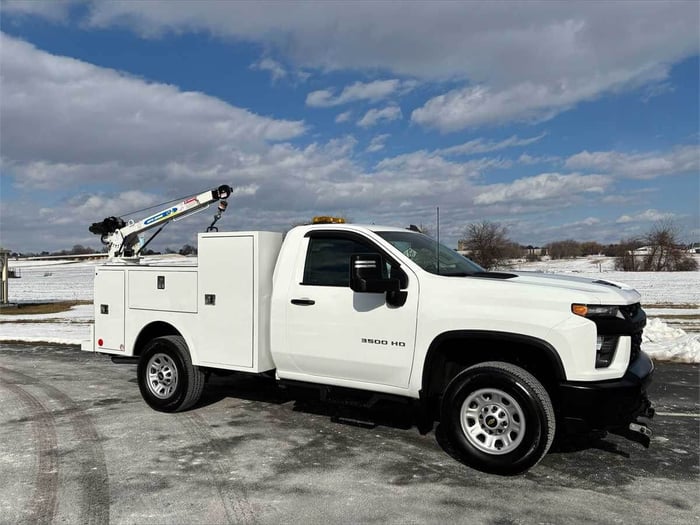
Now that you're familiar with the distinctions between half-ton, three-quarter-ton, and one-ton pickups, you might be considering your next vehicle. Municibid offers a diverse selection of used pickup trucks from government agencies, municipalities, and public utilities. These vehicles are well-maintained and available through transparent online auctions.
Whether you're seeking a light-duty truck for daily tasks or a heavy-duty model for more demanding work, Municibid's listings include options like the Ford F-150, Chevrolet Silverado 2500, and Ram 3500. Each listing provides detailed information to help you make an informed decision.
With a user-friendly website experience designed for easy browsing and bidding, exploring current listings on Municibid is straightforward and convenient. Discover vehicles that match your specific needs and budget today so you don't keep waiting to drive your next vehicle.
Construction Differences
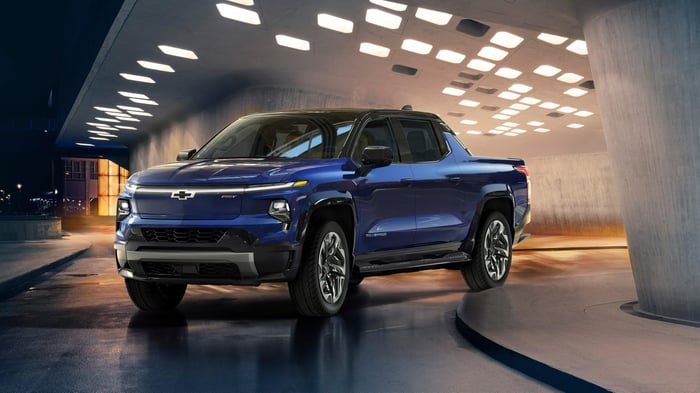
The increased capabilities of three-quarter-ton and one-ton trucks versus half-ton models are due to significant differences in their construction:
Frames
Heavier-duty vehicles typically have stronger, fully boxed frames made from thicker gauge steel. This provides a more robust foundation for carrying heavy loads and towing large trailers.
Suspensions
Three-quarter-ton and one-ton trucks often feature heavier-duty suspensions, including stronger springs and shocks. Many use leaf springs in the rear, which are better suited for handling heavy loads than the coil springs often found in half-ton trucks.
Axles and Differentials
Heavier-duty vehicles have stronger axles and differentials to handle increased torque and payload. They may also feature larger brake rotors and calipers for improved stopping power.
Powertrains
While half-ton trucks often offer a range of engine options, including V6 and smaller V8 engines, three-quarter-ton and one-ton trucks typically come with larger, more powerful V8 gasoline or diesel engines. These engines are designed to provide the torque necessary for heavy towing.
Comparing Half-Ton and Three-Quarter-Ton Pickups
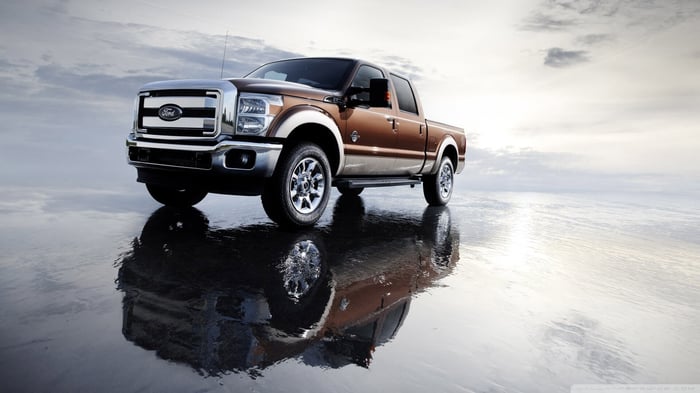
While half-ton and three-quarter-ton trucks may look similar at first glance, there are significant differences in their capabilities and intended uses.
Half-Ton Trucks
Typically classified as light-duty trucks
More fuel-efficient and comfortable for daily driving
Suitable for light to moderate towing and hauling
Often offer a smoother ride due to softer suspensions
Generally less expensive to purchase and maintain
Three-Quarter-Ton Trucks
Classified as heavy-duty trucks
Designed for more demanding towing and hauling tasks
Feature stronger frames and suspensions
Often equipped with more powerful engines
May have a firmer ride due to stiffer suspensions
Generally more expensive to purchase and operate
The choice between a half-ton and three-quarter-ton depends on your needs. If you occasionally need to tow a boat or small trailer, a half-ton may suffice. However, if you frequently tow heavy trailers or large loads, a three-quarter-ton might be a better choice.
The Importance of GVWR in Truck Selection
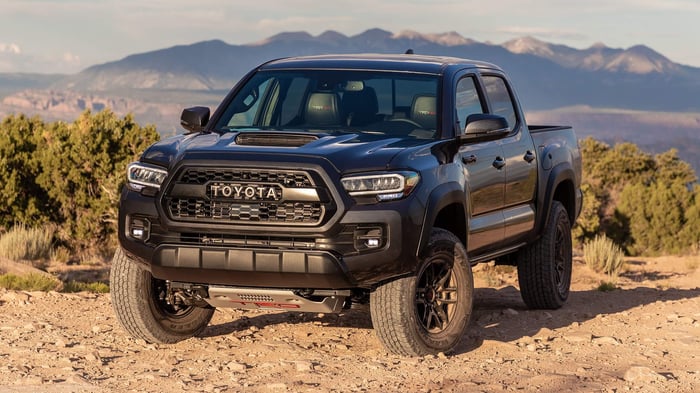
Understanding a vehicle's GVWR is crucial when selecting the right vehicle for your needs. Here's why:
Safety: Exceeding a truck's GVWR can lead to unsafe driving conditions, including reduced braking ability and increased risk of rollovers.
Legal Compliance: Many states have laws regarding vehicle weight limits. Exceeding these limits can result in fines and penalties.
Vehicle Longevity: Consistently operating a vehicle at or near its maximum GVWR can lead to increased wear and tear, potentially shortening the vehicle's lifespan.
Performance: A truck loaded beyond its GVWR may experience reduced performance, including slower acceleration and poorer fuel economy.
When shopping for a vehicle, always consider the heaviest loads you'll be towing, and choose a vehicle with a GVWR that comfortably exceeds your requirements.
Conclusion: Navigating Truck Classifications
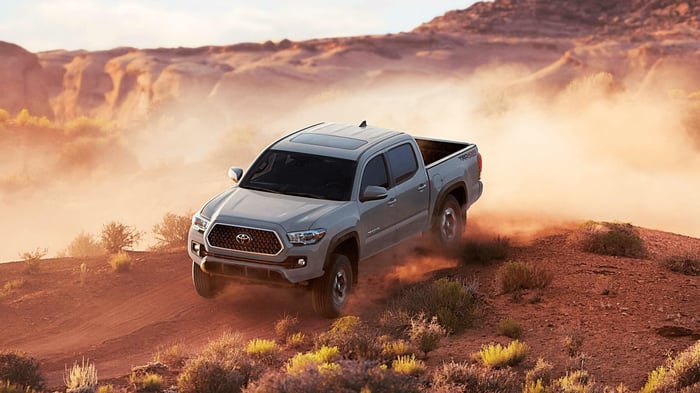
While the terms "half-ton," "three-quarter-ton," and "one-ton" are still widely used in the truck industry, they're no longer accurate indicators of a vehicle's actual capacity for payload. Instead, they serve as general classifications for a truck's size and capabilities. To truly understand a vehicle's capabilities, it's essential to look beyond these traditional designations and consider factors such as:
Gross Vehicle Weight Rating (GVWR)
Payload capacity
Towing capacity
Engine power and torque
Frame and suspension design
When selecting a truck, always refer to the manufacturer's specifications for the most accurate information. Remember, while a more capable truck might seem appealing, it often comes with trade-offs in terms of fuel efficiency, ride comfort, and purchase price. The key is to find the right balance between capability and practicality for your unique situation. By understanding these classifications and the factors that influence a truck's capabilities, you're likely to choose the right vehicle for your needs, whether that's a versatile half-ton pickup for everyday use or a heavy-duty one-ton truck for serious hauling and towing tasks.
